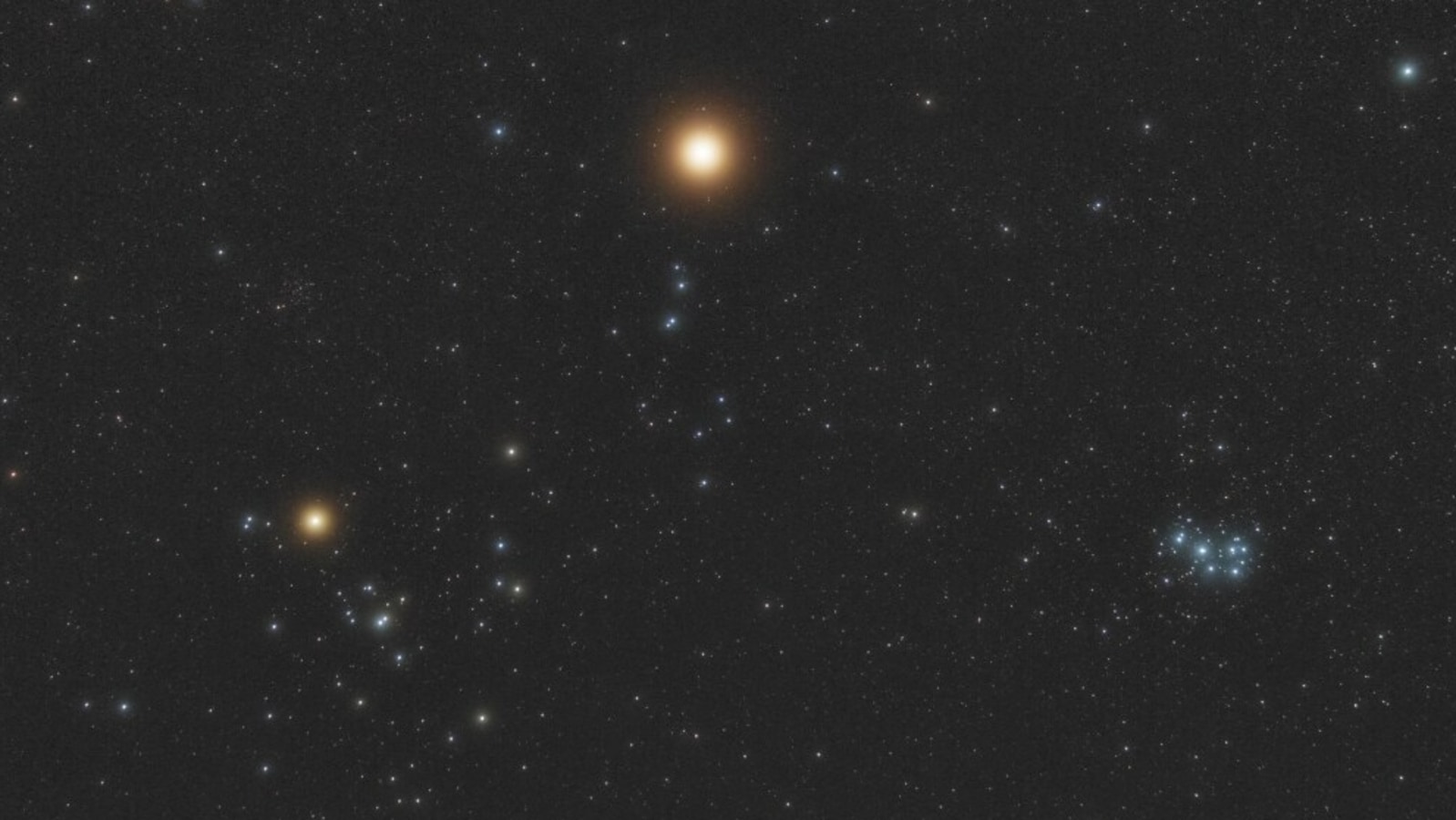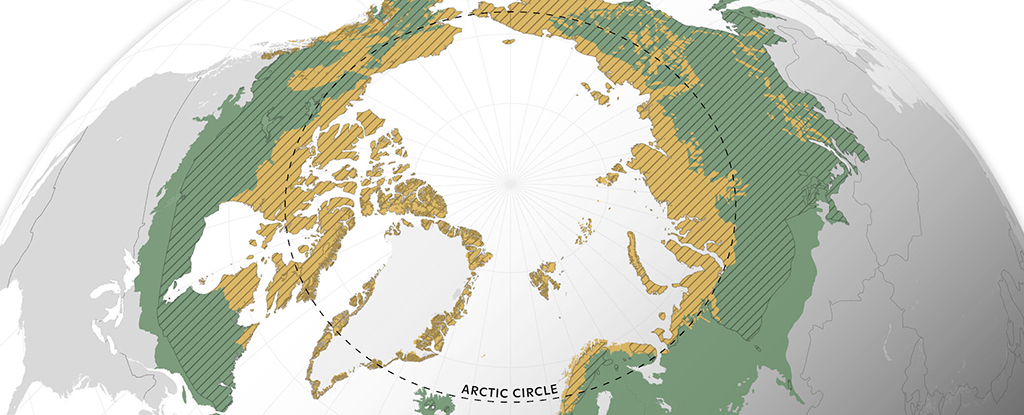The NASA image of the day is a stellar snapshot of Mars visible in a star-filled sky.
Mars, the Red Planet, has fascinated scientists, astronomers, and science fiction writers for decades due to its mysterious craters, lowlands, and core teeming with precious and rare metals. Authors have even written books like War of the Worlds fantasizing about life on Mars. Movies like Total Recall only fueled the fire of searching for extraterrestrial life on the red planet. What’s shocking is that the Red Planet can also be viewed from Earth! Rising in the east before sunset, it is visible all night, with a reddish appearance and brighter than most stars in the sky.
NASA’s Image of the Day is a fascinating snapshot Mars and the giant star clusters that glow in the night sky are visible Earth. Mars is visible as it passes through the constellation of Taurus. Another star cluster called Hyades is visible, nearly 151 light-years away. The picture was taken by Gabor Balazs. NASA is explained below the image.” At the end of this year, Mars still shines brightly in planet Earth’s night as it wanders through the head-strong constellation Taurus. Its pale yellow hue dominates this starry field of view, which includes the alpha star of Taurus, Aldebaran, and the Hyades and Pleiades star clusters. While the red giant Aldebaran appears to be anchoring the Hyades V-shape on the left of the image, Aldebaran is not a member of the Hyades star cluster.”
“The Hyades Cluster is 151 light-years away, making it the closest established open star cluster, but Aldebaran is less than half that distance along the same line of sight. To the right, about 400 light-years away, is the open star cluster cataloged as Messier 45, also known as the Pleiades or the Seven Sisters. In Greek myth, the Pleiades were daughters of the astronomical titanium Atlas and the sea nymph Pleione,” the space agency further explained.
Did an asteroid terraform Mars?
According to a research paper recently published in Stephen Mojzsis and Ramon Brasser’s Geophysical Research Letters, a celestial body the size of the dwarf planet Ceres collided with Mars, breaking off part of its northern hemisphere and leaving behind a deposit rich in minerals. The debris left after the collision slowly coalesced, forming the two moons – Phobos and Deimos. According to the study, the rich minerals make up 0.8 percent of Mars.





